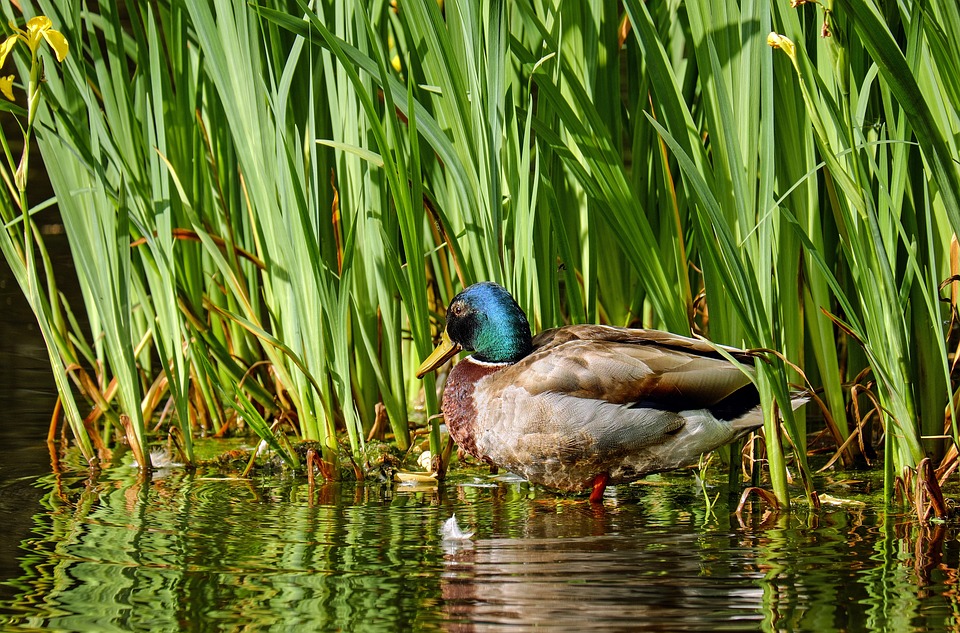What is the status of wetlands in Mauritius?

Wetlands are those areas that are near constantly moist. They play a very important role in the environment; for example, they help in water absorption and trapping of harmful substances. Regretfully though, wetlands all over the world are disappearing and Mauritius is no exception. While some years ago, vast open areas of marshes with dragonflies flying around could be seen all over the island, today you need GIS to locate a wetland.
Status of wetlands in Mauritius
Since the island has been formed by a volcano, it consists of many slopes and valleys. Because of this topography, water sources from the uplands have drained into lower lying regions forming stagnant and life rich wetlands. These are now located in agricultural provinces and on private land.
In the past, wetlands have been considered useless and breeding grounds for insects and pests. As a result, they have been neglected or drained or filled for construction purposes. More recently though, there has been more awareness about these mashes and the economic benefits that they provide. The Ramsar convention on wetlands especially focuses on the proper management and protection of wetlands. Currently, there are 3 Ramsar sites in Mauritius.
Effects of draining/filling wetlands
With global climate change, nowadays, flash floods are becoming quite frequent in Mauritius. All over the island, flooding during heavy rainfall is becoming an issue. This is due to the lack of natural habitats that can drink up this water and absorb the excess runoff from pavements and urban areas. It has been reported in many places that flooding problems are aggravating. In the north of Mauritius for instance, large open grounds are filled in and used for villa construction. This causes backflow of water into houses and streets during heavy rainfall.
A lot of organisms (insects, small rodents, crabs and birds) reside in wetlands. When their habitats are destroyed, these animals suffer as in having no shelter and are easily preyed upon. What’s more dangerous for little Mauritius is that coastal populations depend on fisheries as a source of money. Fishes and crustaceans need mangrove sediment to develop. Filling these wetlands greatly decrease fish productivity.
Threats to wetlands
As mentioned earlier, many wetlands in Mauritius are actually located on agricultural land. For instance, most rivers drift through sugarcane fields and numerous marshes are found in the middle of private land. Although it is illegal to infringe on the riparian zone of the marshes, the parameters are rarely respected. Polluted runoff containing pesticides and other chemicals flow into the bogs and accumulate. Despite the fact that these grounds are great sink zones, over-accumulation of chemicals finally end up in the food chain. This can ultimately affect our health when we feed on organisms that are in the upper food chains like fish and birds.
One of the most common wetland sites in Mauritius is the Rivulet Terre Rouge Estuary Bird Sanctuary found in the north-west of the island. It is a Ramsar site and is protected internationally. Birds fleeing the cold seasons come to rest and feed during summer. The estuary provides food and shelter for them during the tough periods. Scientific studies undertaken at the site has shown that the water is polluted [1]. The source of pollution has been traced to nearby residential areas.
It is worth reminding ourselves every time that Mauritius is a small island in the middle of the Indian Ocean. All the different organs of the environment work together for our benefit. Whatever we throw into nature will come back to us. It is our duty to make sure that our environment is a safe place, not only for us but also for the generations to come.
Reference:
- Mamoun, C.M., Nigel, R. and Rughooputh, S.D.D.V. (2013). Wetlands’ Inventory, Mapping and Land Cover Assessment on Mauritius. Journal of the Society of Wetland Scientists. Springer DOI 10.1007/s13157-013-0415-z [pdf] Available at https://www.researchgate.net/publication/236329515_Wetlands’_Inventory_Mapping_and_Land_Cover_Index_Assessment_on_Mauritius [Accessed 12/04/2018]

Pingback: Flooding Explained: Types, Causes and Examples - Yo Nature
Pingback: Wetlands of Mauritius: Importance and Ramsar Sites - Yo Nature
Pingback: Mauritius and its Marine Life - Yo Nature
Pingback: Why is the sea level rising? - Yo Nature